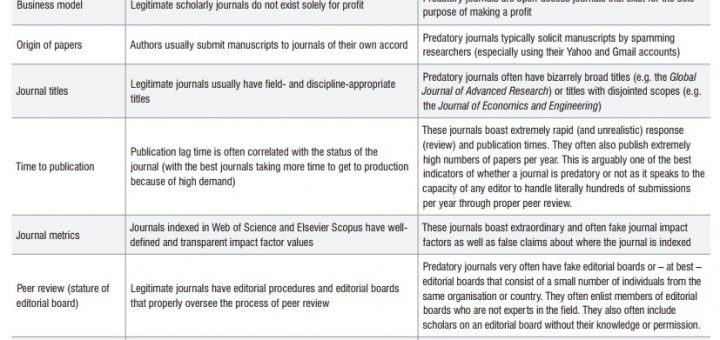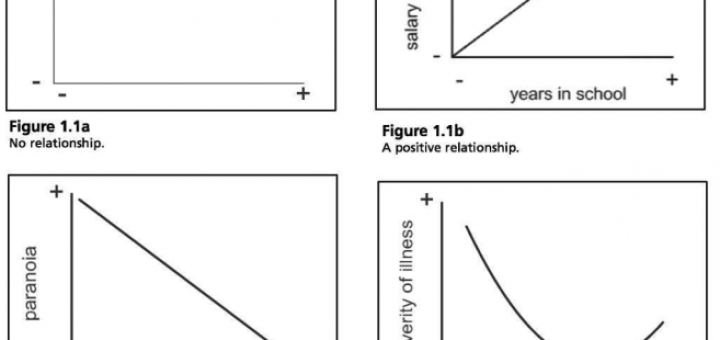Membandingkan Jurnal Abal-abal dengan Jurnal Standar
Mouton, Johann, and Astrid Valentine. 2017. “The Extent of South African Authored Articles in: Predatory Journals.” South African Journal of Science 113 (7–8): 1–9. doi:10.17159/sajs.2017/20170010.




